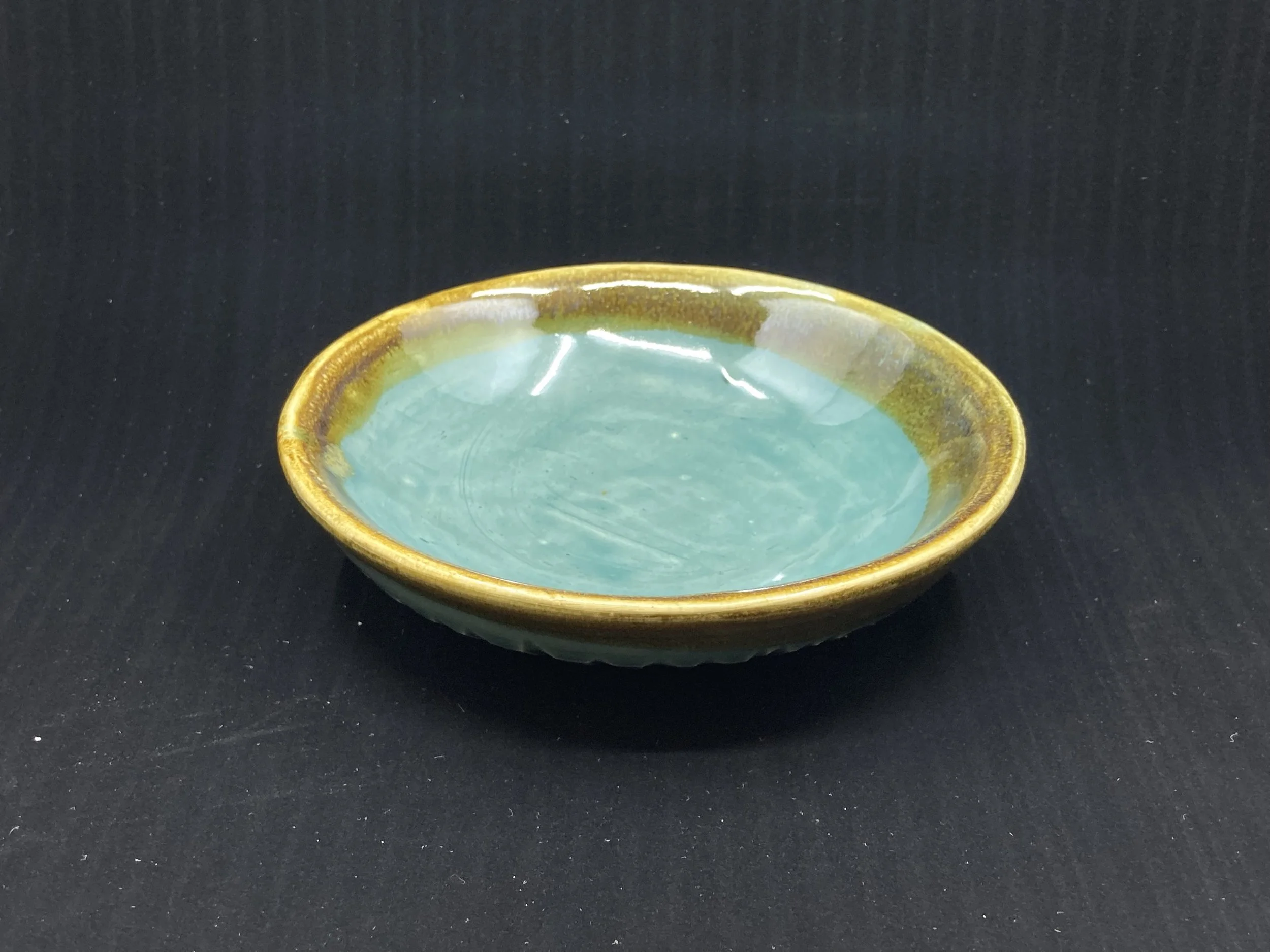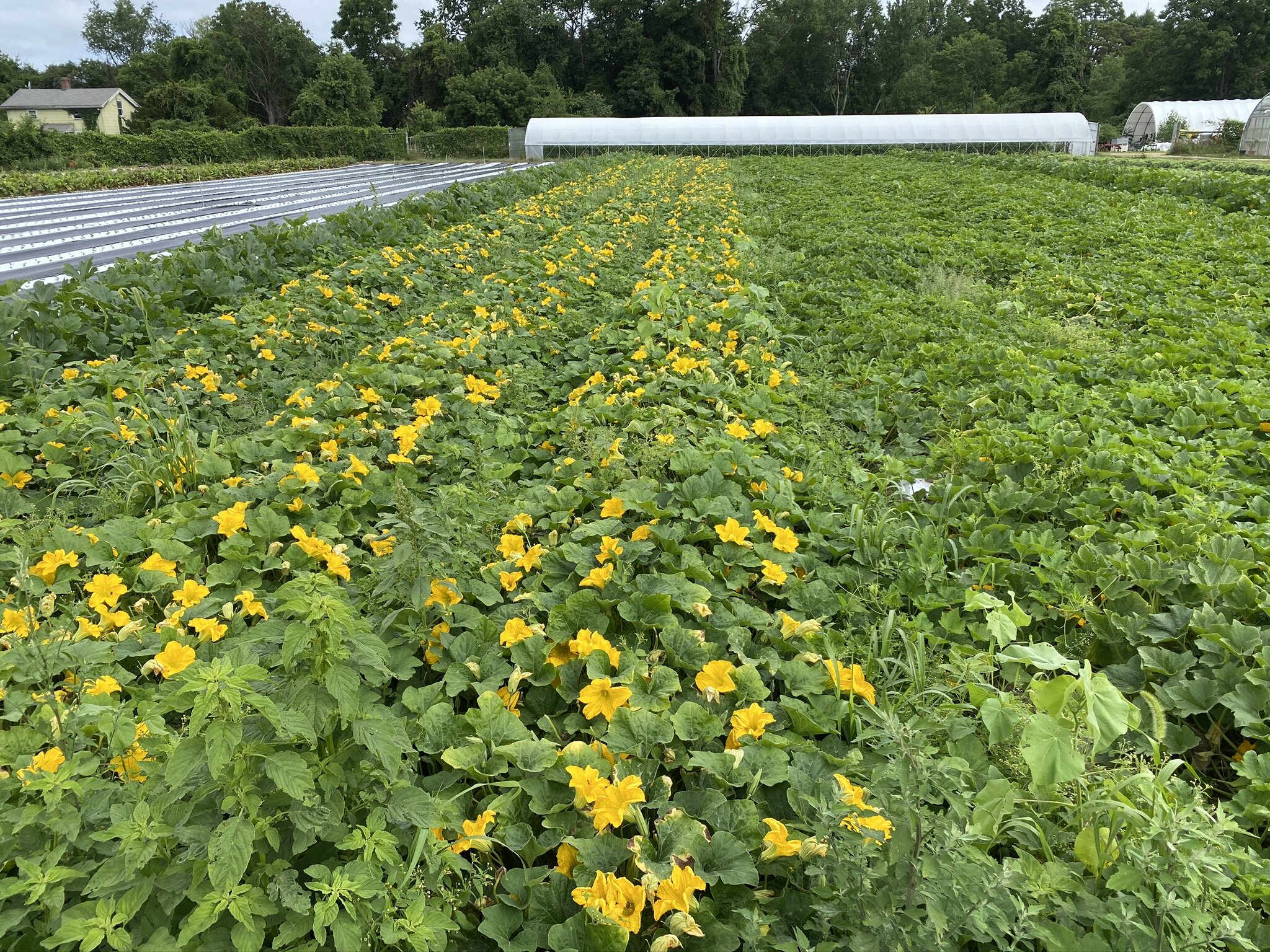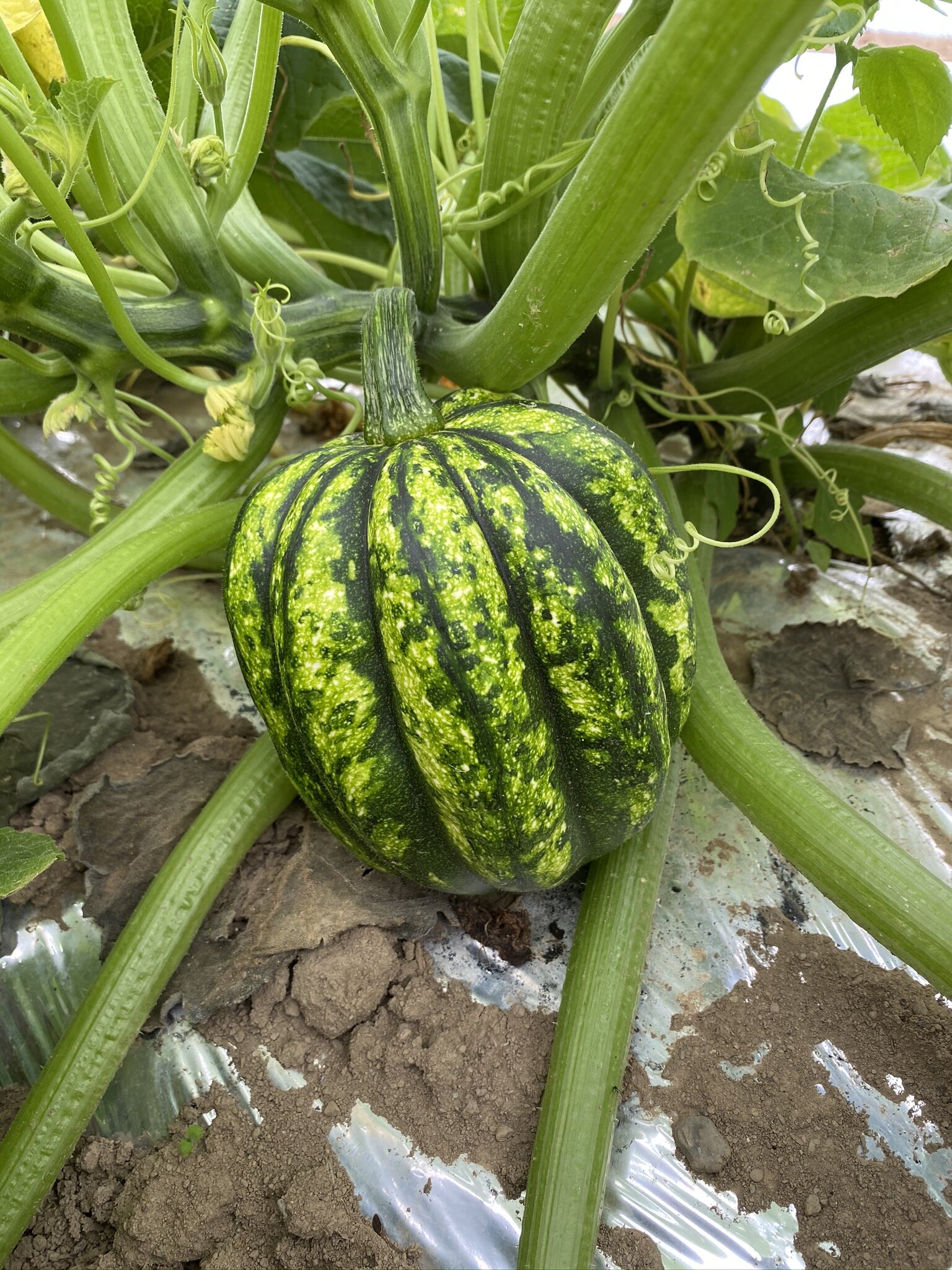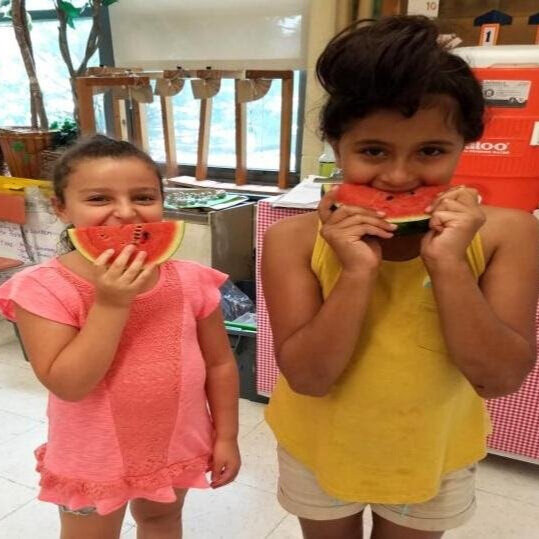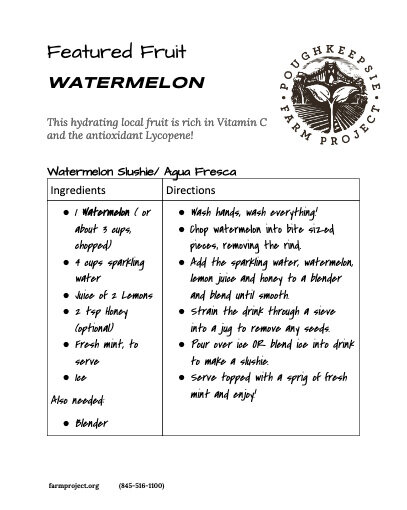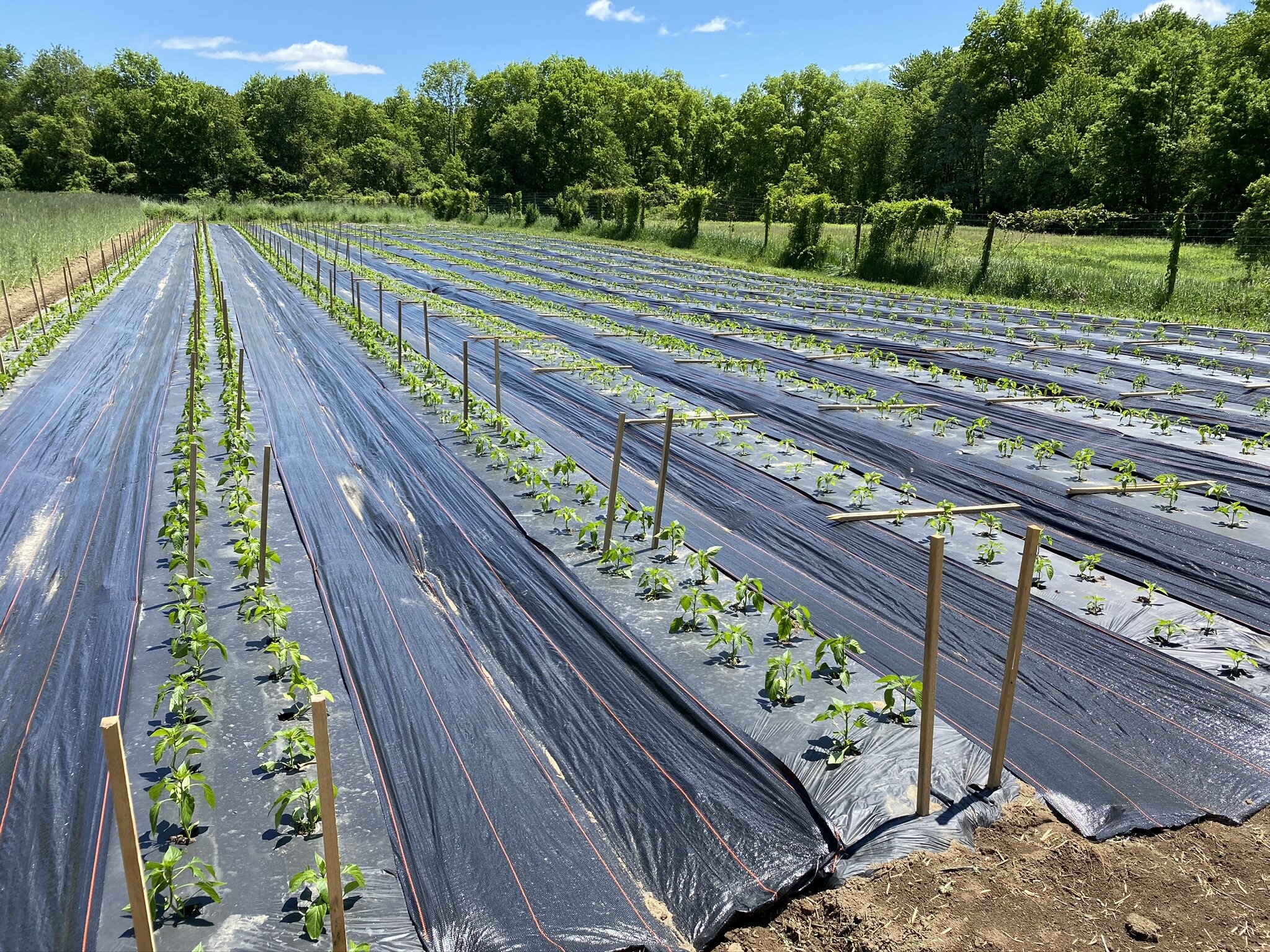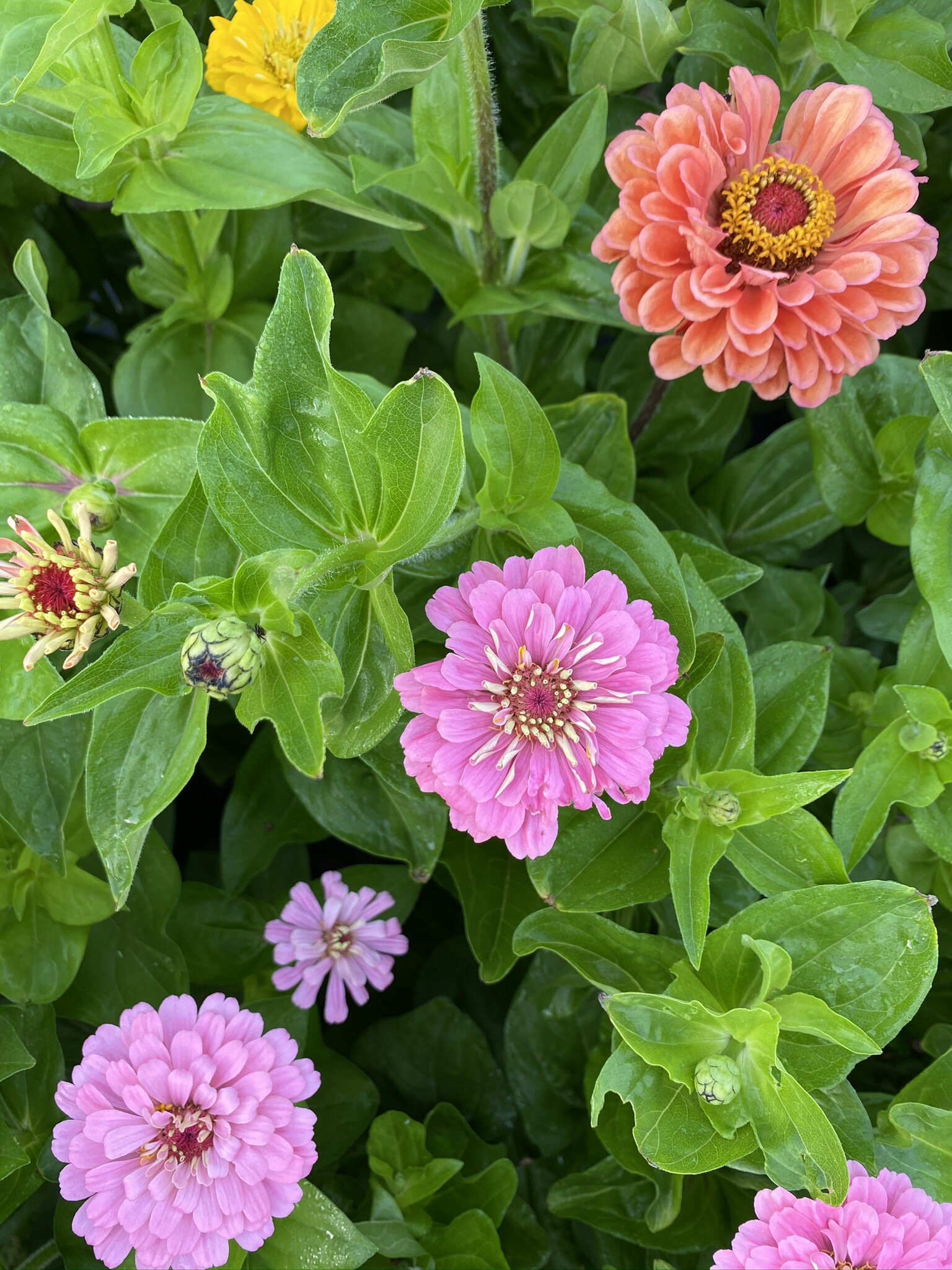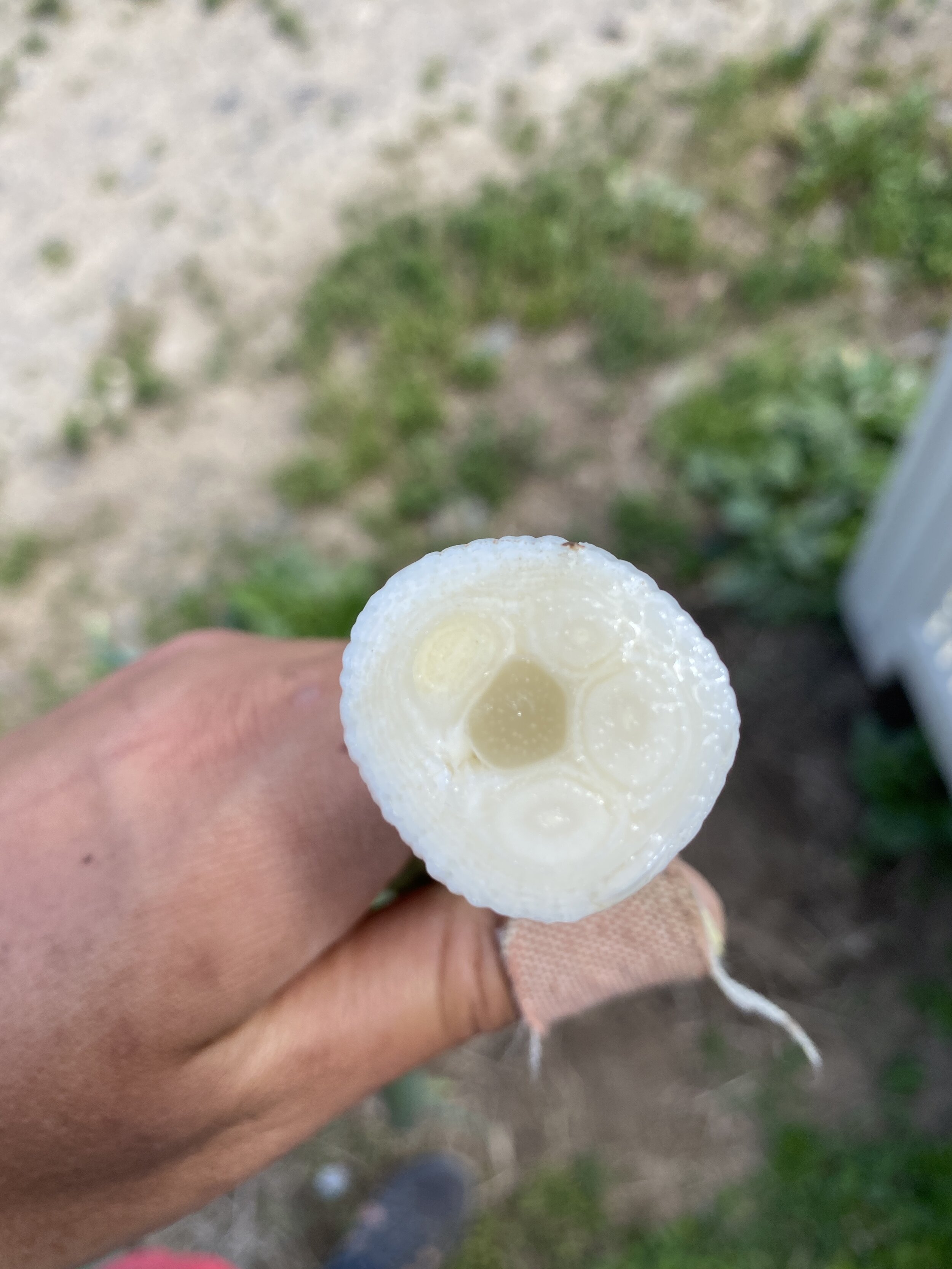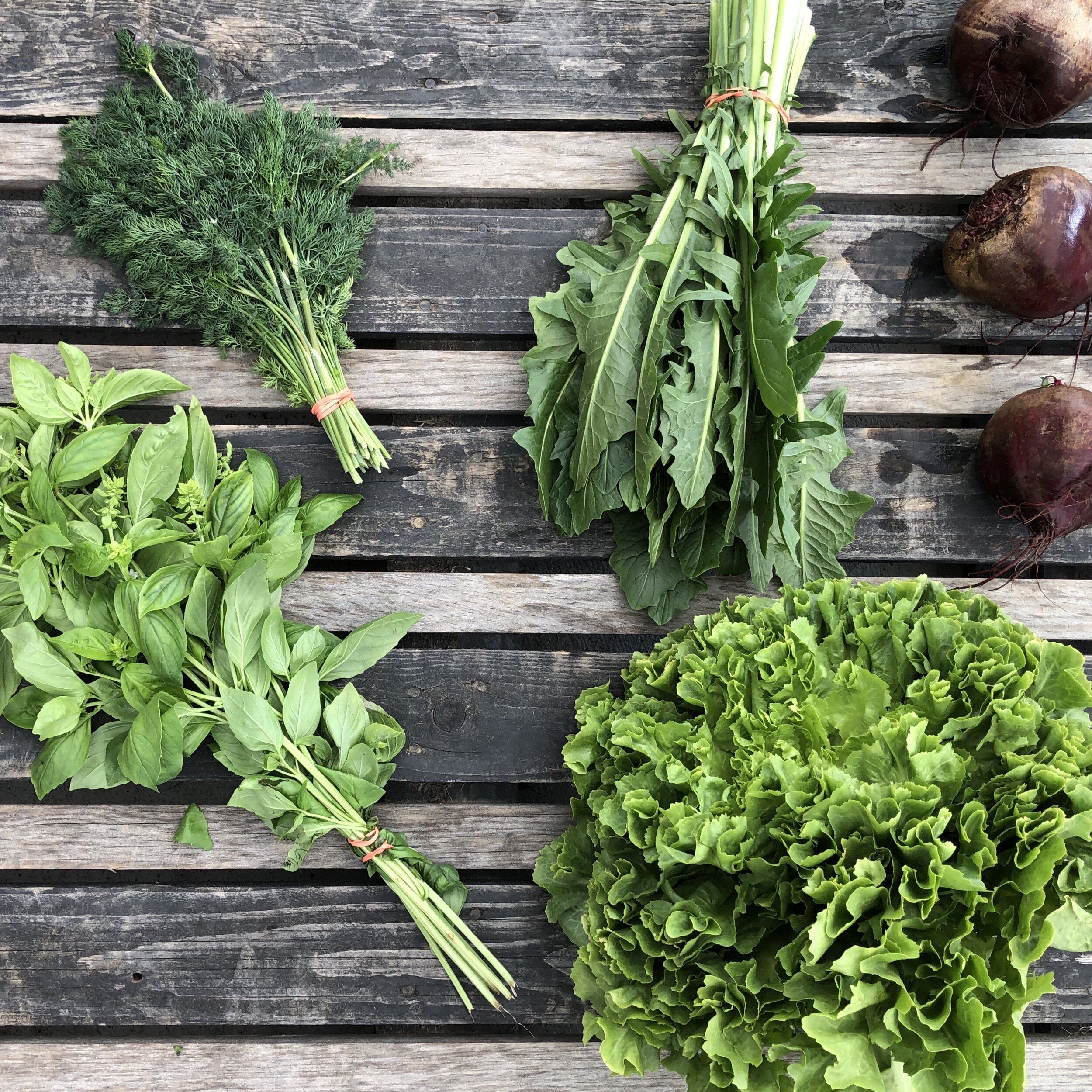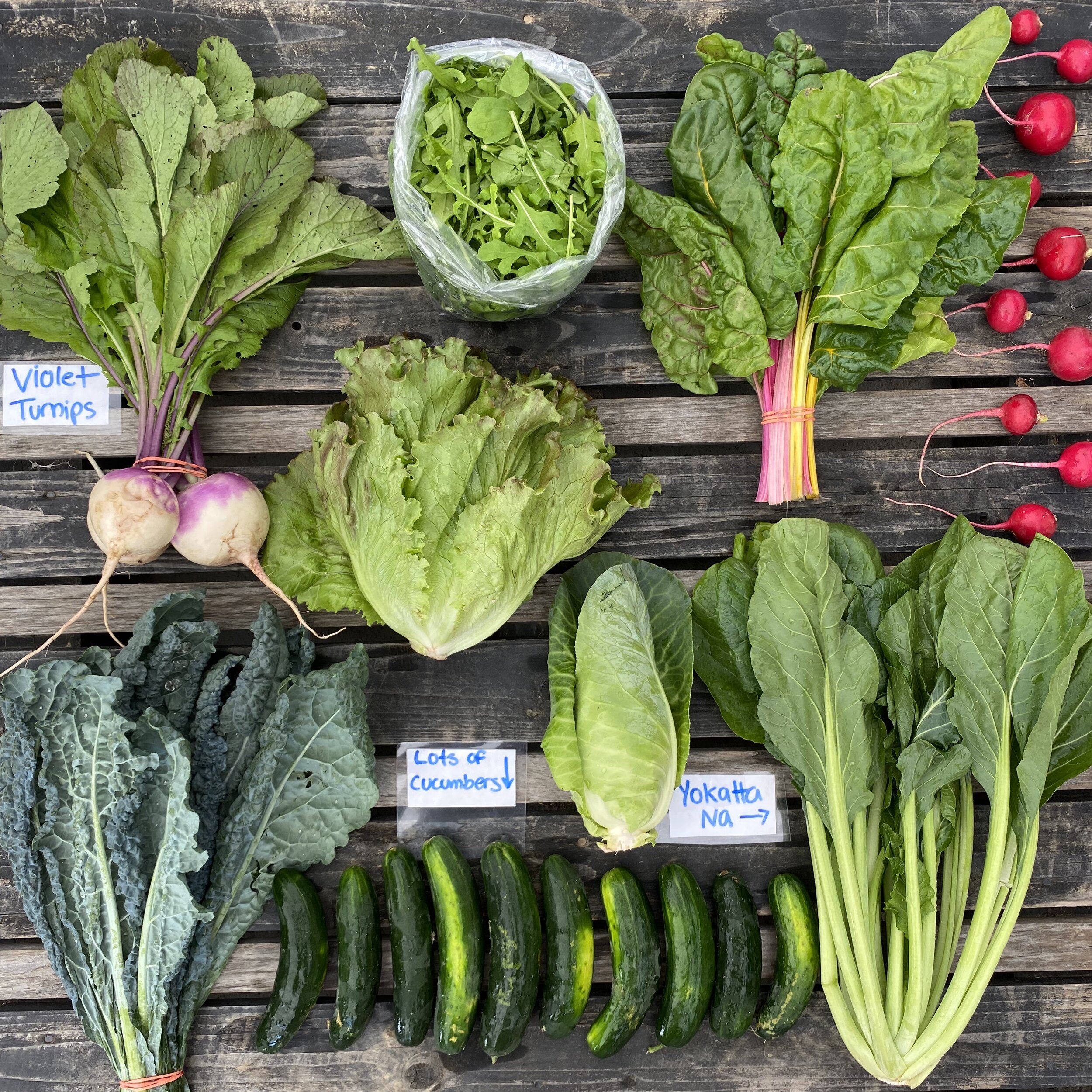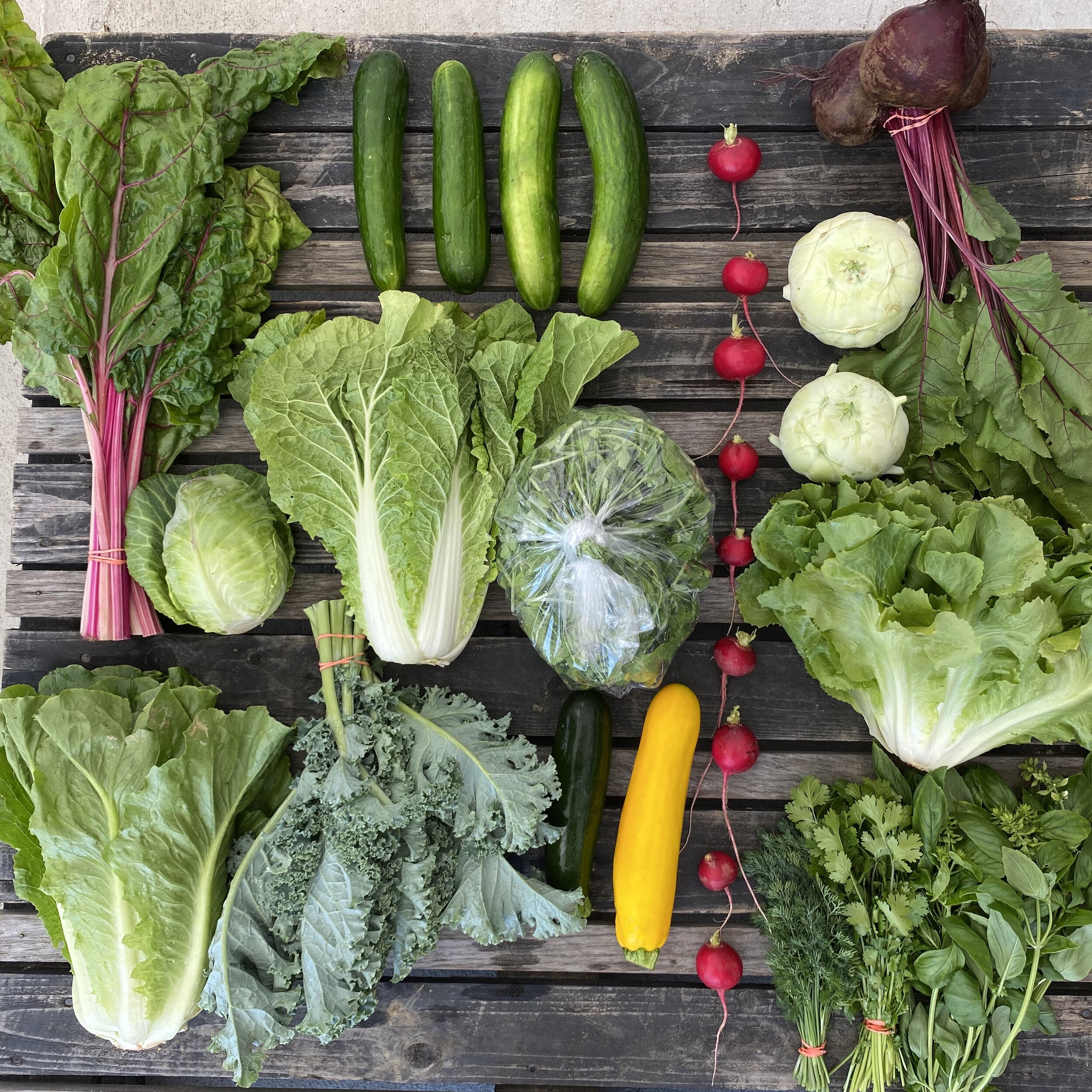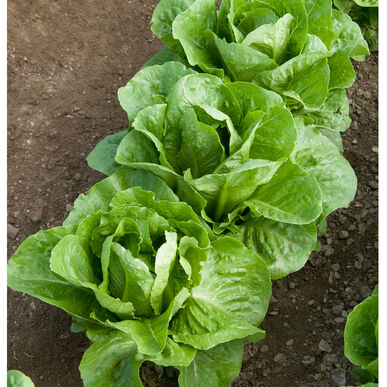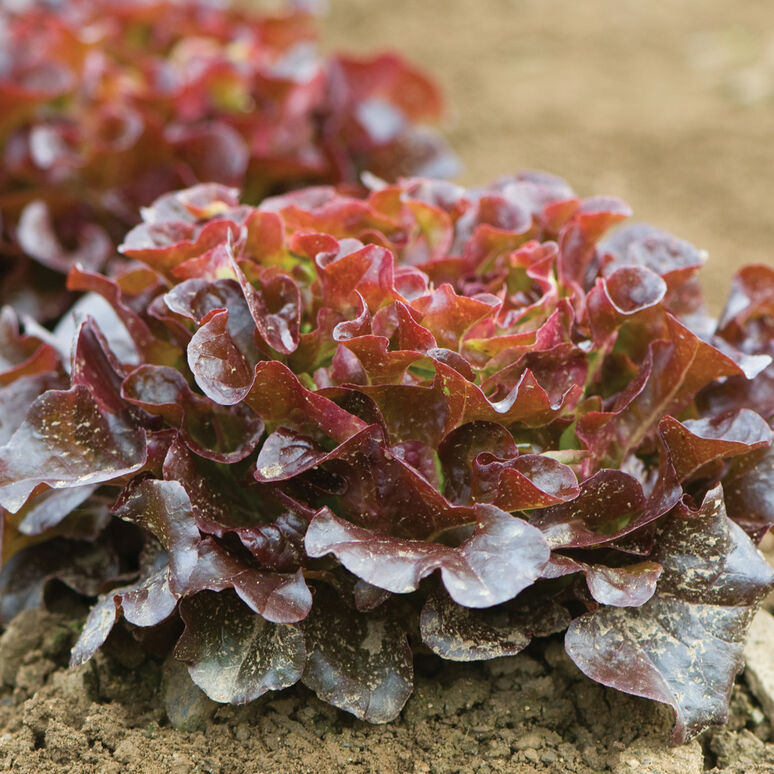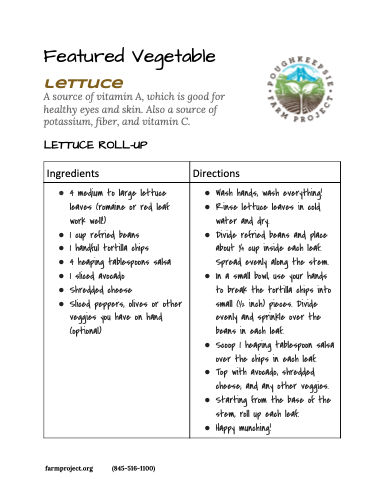Food Share Mapping: Growing Community Through the Food Share Program at Poughkeepsie Farm Project
If you’ve tasted the produce we grow at PFP, you know it’s delicious - but have you ever wondered where the rest of our harvest goes? This summer we had Vassar Community Fellow Ben Bachman working with our team to create a StoryMap that explores how our Food Share Program makes PFP produce available in Poughkeepsie and all throughout the Hudson Valley. Our Food Share program is one part of our commitment to food justice and addressing food insecurity in Poughkeepsie - with 40,000 pounds of produce donated in 2019 alone.
Scroll through to discover interactive maps and other content that illustrates our effort to grow community by sharing our harvest.
Click on the image below to go to the story map:





